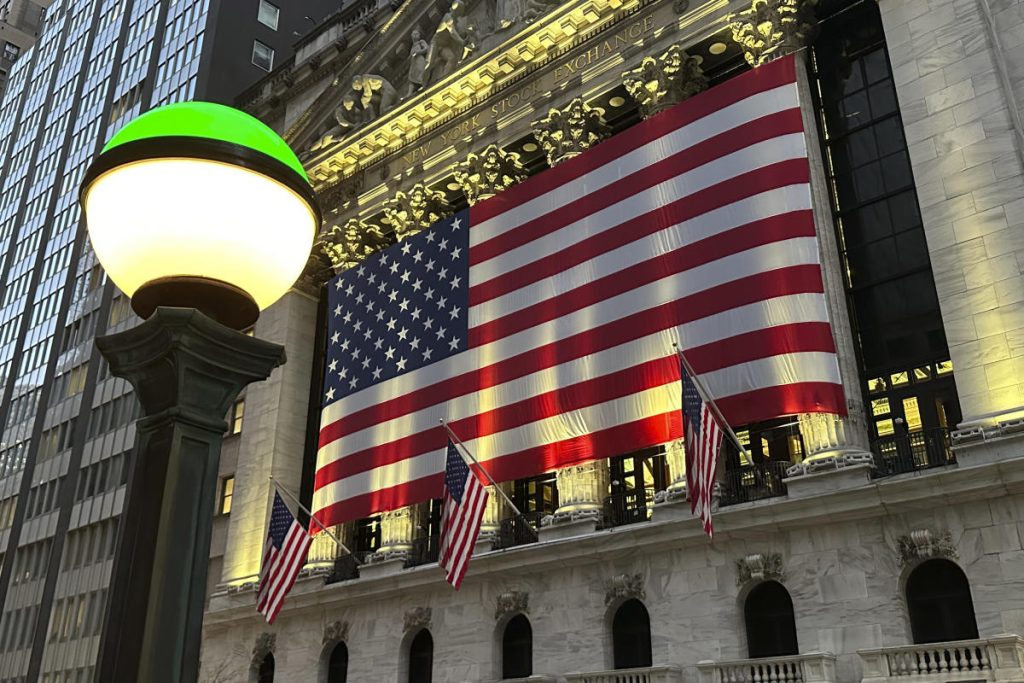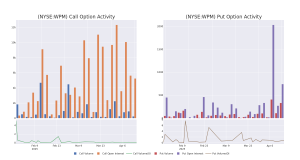
NEW YORK (AP) — The S&P 500 added to its record as U.S. stock indexes drifted through a quiet Wednesday on Wall Street.
The S&P 500 rose 0.2% after setting an all-time high the day before. The Dow Jones Industrial Average picked up 71 points, or 0.2%, while the Nasdaq composite inched up by 0.1%.
Microsoft was the strongest force pushing the S&P 500 upward. It rose 1.3% after saying it had developed what it calls the world’s first “quantum processing unit,” which could lead to the development of much more powerful computers. While the gain was relatively modest, Microsoft’s gargantuan size gives its stock’s movements huge sway on the S&P 500 and other indexes.
A 9.7% rally for Analog Devices also helped push the market higher. The semiconductor company reported stronger profit for the latest quarter than analysts expected, despite what CEO Vincent Roche called a “challenging macro and geopolitical backdrop.”
Elon Musk’s Tesla rose 1.8%. It climbed after another electric-vehicle company, Nikola, plunged 39.1% following its filing for Chapter 11 bankruptcy protection. The electric truck maker said it will try to sell off its assets and wind down its business.
They helped offset a 21.5% tumble for Celanese, which dropped even though the chemical company reported profit for the end of 2024 that topped analysts’ expectations. CEO Scott Richardson warned that it saw “demand deterioration that gave no sign of easing” during the last three months of the year, and the company expects weakness to continue for such core markets as automotive, construction and paints.
Toll Brothers, meanwhile, fell 5.9% after the homebuilder reported a weaker profit for the latest quarter than analysts expected. CEO Douglas Yearley Jr. said this spring selling season has seen healthy demand so far for homes at the higher end of the price spectrum, but “affordability constraints” are hurting sales at the lower end.
A separate report on Wednesday morning said homebuilders as a group broke ground on fewer U.S. houses last month than economists expected.
High mortgage rates are making it difficult for some potential homebuyers to afford a house, even though the Federal Reserve began cutting its main interest rate in September in order to make things easier for the economy.
Mortgage rates have followed the trend of longer-term Treasury yields, which have remained relatively high in part because the U.S. economy has remained remarkably solid and because inflation hasn’t eased as much as hoped. Tariffs threatened by President Donald Trump, along with other policies that could put upward pressure on inflation, have also caused some sharp swings for yields in the bond market.
